August 4th, 2024
7minute read
Every profession and industry has its own specific language.
The firearms industry is no different.
In fact, weve assembled alist of 21 specialized firearms termsto help new shooters.

If youre a seasoned industry professional, then youve definitely heard the terms before.
Undoubtedly, you know what they mean and how they differ from one another.
For the newcomers, this piece will teach you about the three terms and their different purposes.
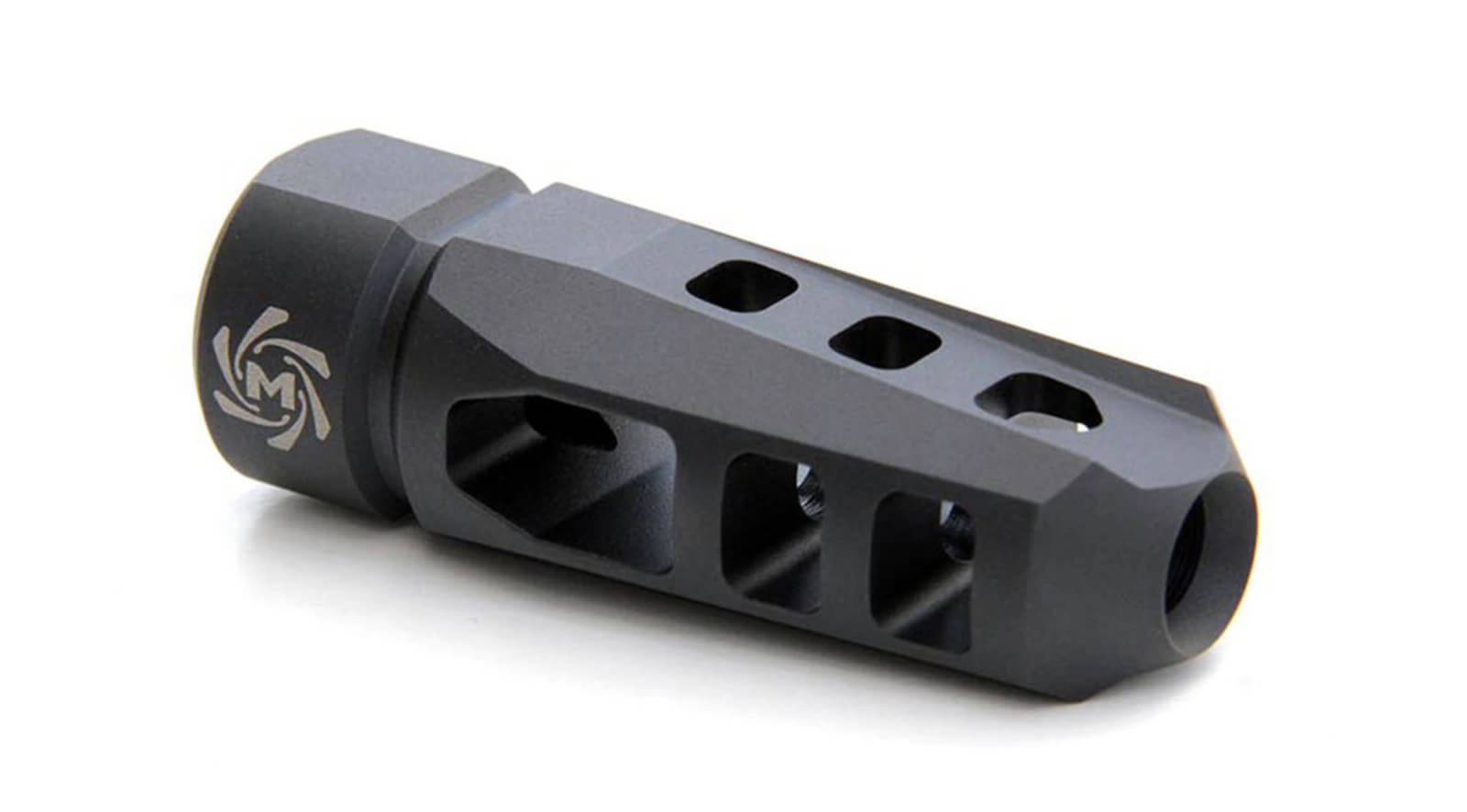
For the seasoned shooters?
Its okay to read this article.
I wont tell anyone youre brushing up on your knowledge base!
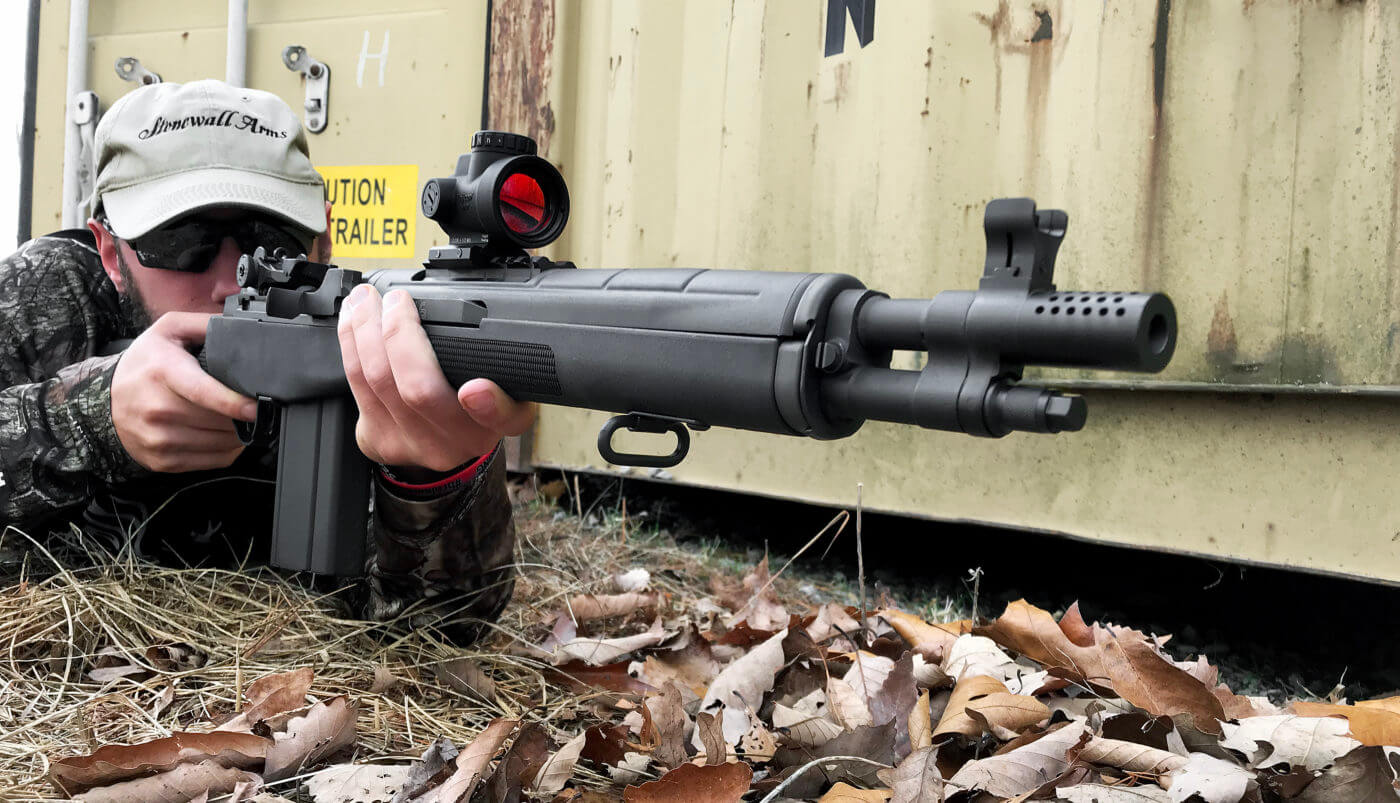
Muzzle Brakes
What is a muzzle brake?
In the simplest of explanations, a muzzle brake reduces felt recoil.
There is, however, more to it than that.
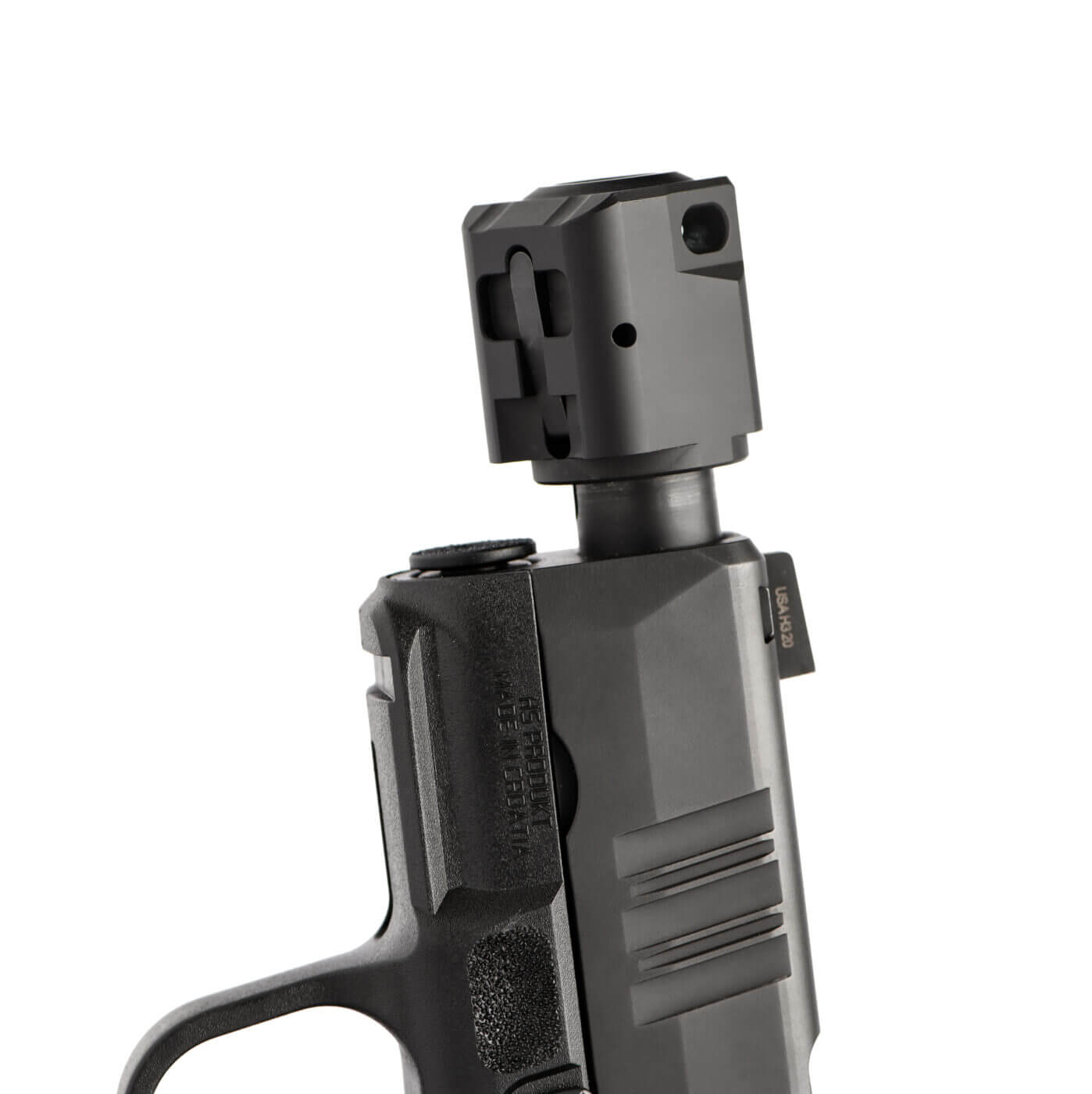
Energy from the ignition of your cartridge has to go somewhere.
(Remember that Newton fella and his laws?)
This redirection provides less gas (and energy) to be pushed back onto the shooter.

Muzzle brakes can have either of these kinds of vents, or both.
Basically, the goal is to send the gas in any direction other than backward.
This comes especially in handy when youre shooting a large caliber rifle.
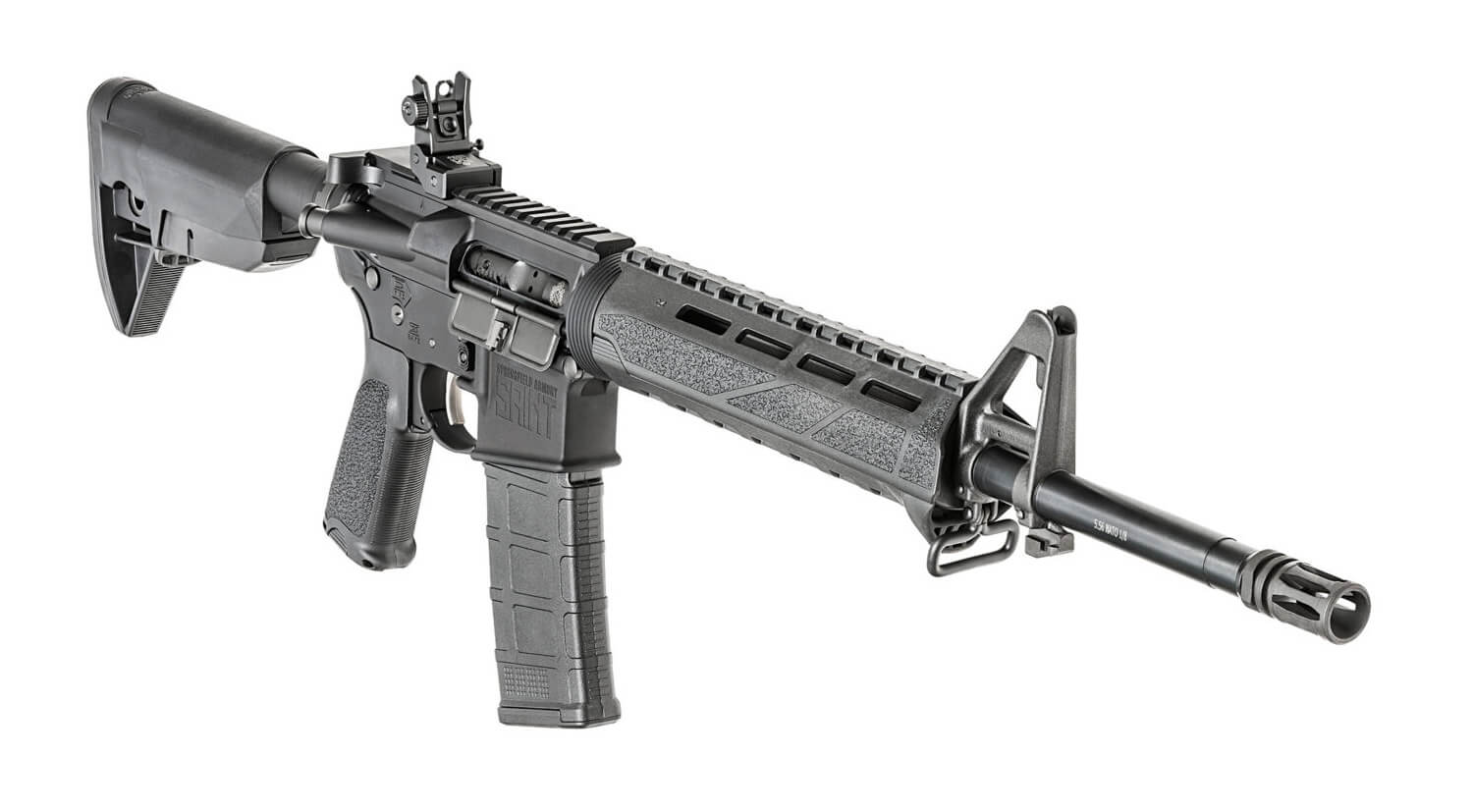
The bigger the caliber, the more the energy.
Brakes do, however, have a couple of downsides to them.
First of all, do muzzle brakes make guns louder?
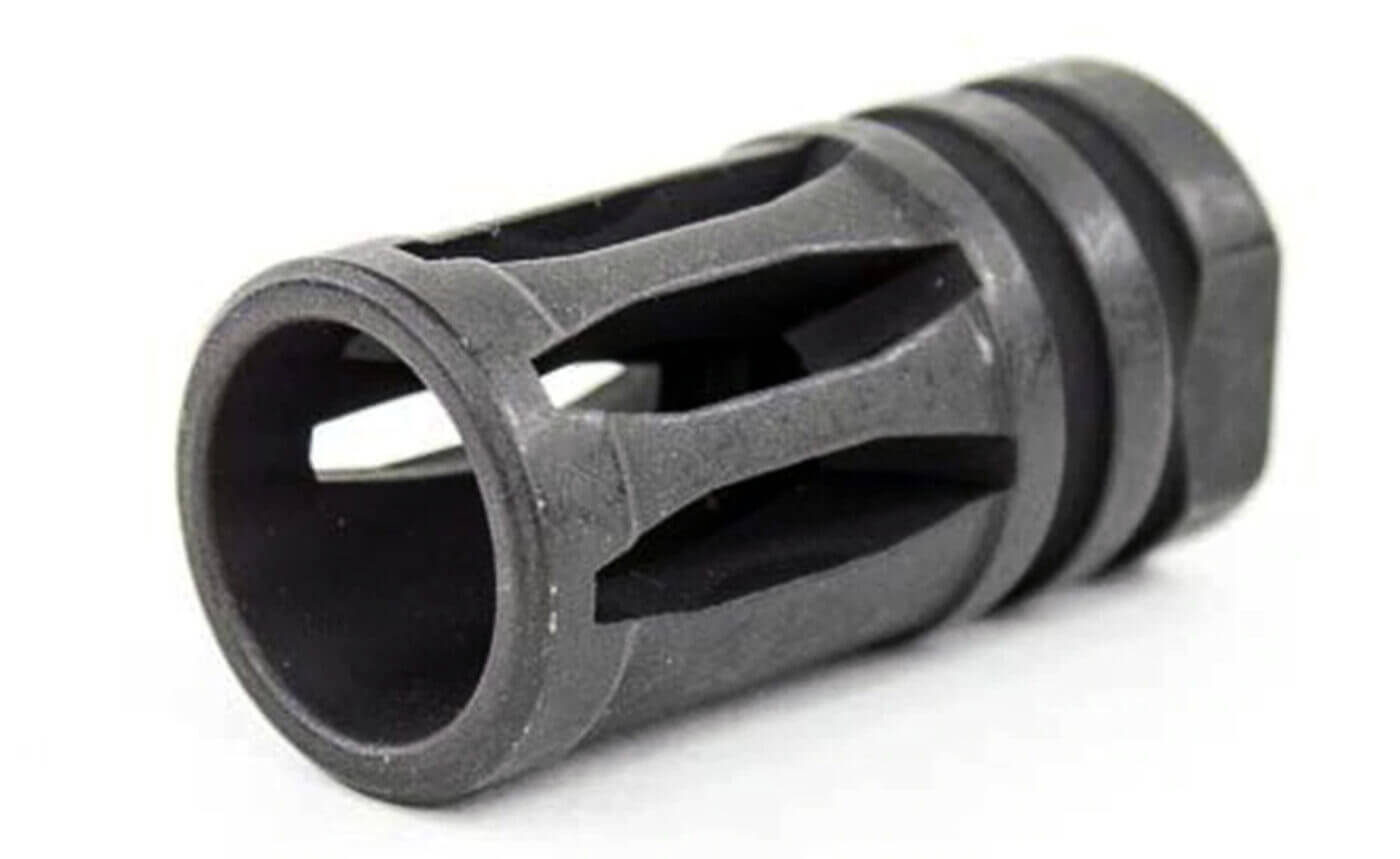
In some cases, yes.
The other downside is safety-related.
A muzzle brake is not trying to disrupt the flow of the gas in any way.

It is only trying to re-route it in an effective method to reduce the recoil.
Even with smaller calibers, the concept of combustion is still the same.
Hot gases can burn, regardless of caliber.
But to be frank, you should not be that close to the muzzle, anyway.
Compensators
As the name implies, a compensator is making up for something, but what?
Again, we go back to Newton.
All of that energy has to go somewhere when the powder charge is ignited.
That rapidly-expanding and accelerating gas tends to cause the muzzle to rise when it is escaping the barrel.
What does a compensator do?
A compensator is a muzzle machine that is designed to counteract muzzle rise when a shot is fired.
Holes and/or vents in the rig point in certain directions to minimize muzzle rise.
A good example of this is theHellcat RDPwith its Self Indexing Compensator.
Any amount of rise translates into more time spent re-acquiring the target before another successful shot can be made.
Just ask any competitive shooter who missed the first-place time by only one second.
Flash Hiders
Flash hiders do exactly what their name says they do.
They help hide the flash, but theres more to it than that.
First off, what is the muzzle flash?
Those gases drive the projectile out of the barrel and follow suit right behind it.
Theres no way to get rid of the flash completely, but it can be reduced.
Unfortunately, this change is not undone in an instant.
Instead, it puts the shooter at a vulnerable disadvantage while their eyes are readjusting to the darkness.
So, how does a flash hider work?
The flash hider introduces cooler, ambient air to dissipate the considerably hotter expended gas.
The air is introduced through a variety of slots or holes in the flash hider.
This allows the cooler air to impact the hot gas from a variety of different directions.
Doing so disrupts the path of the gas and makes it dissipate faster, thereby hiding the flash.
This relates to another drawback.
Flash hiders also only work in low or no light situations.
A flash hider provides no visible disruption of flash in regular daylight.
Flash hiders do not reduce the sound of a gunshot.
To protect your hearing, you will need a sound suppressor and/or a good set of hearing protection.
Compensator:The escaping gas from a fired projectile tends to push the muzzle up.
A compensator counteracts the rise by redirecting gas down or to the sides.
The gadget offers no advantage under infrared light or in broad daylight.
Go to forum thread




